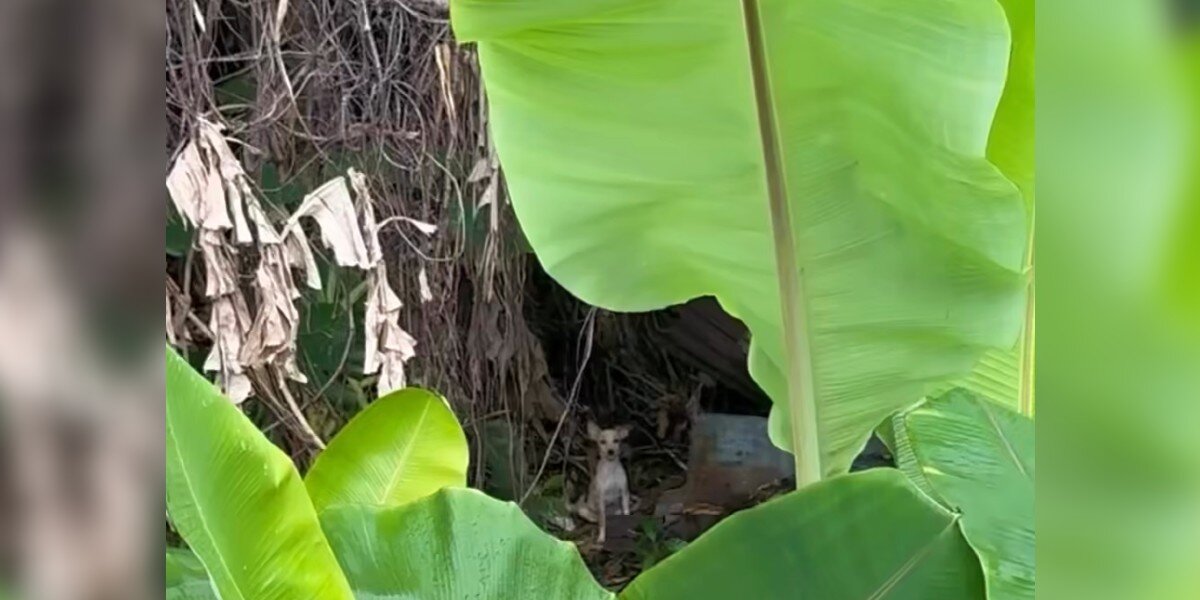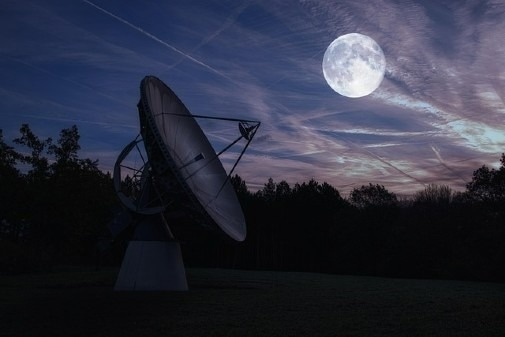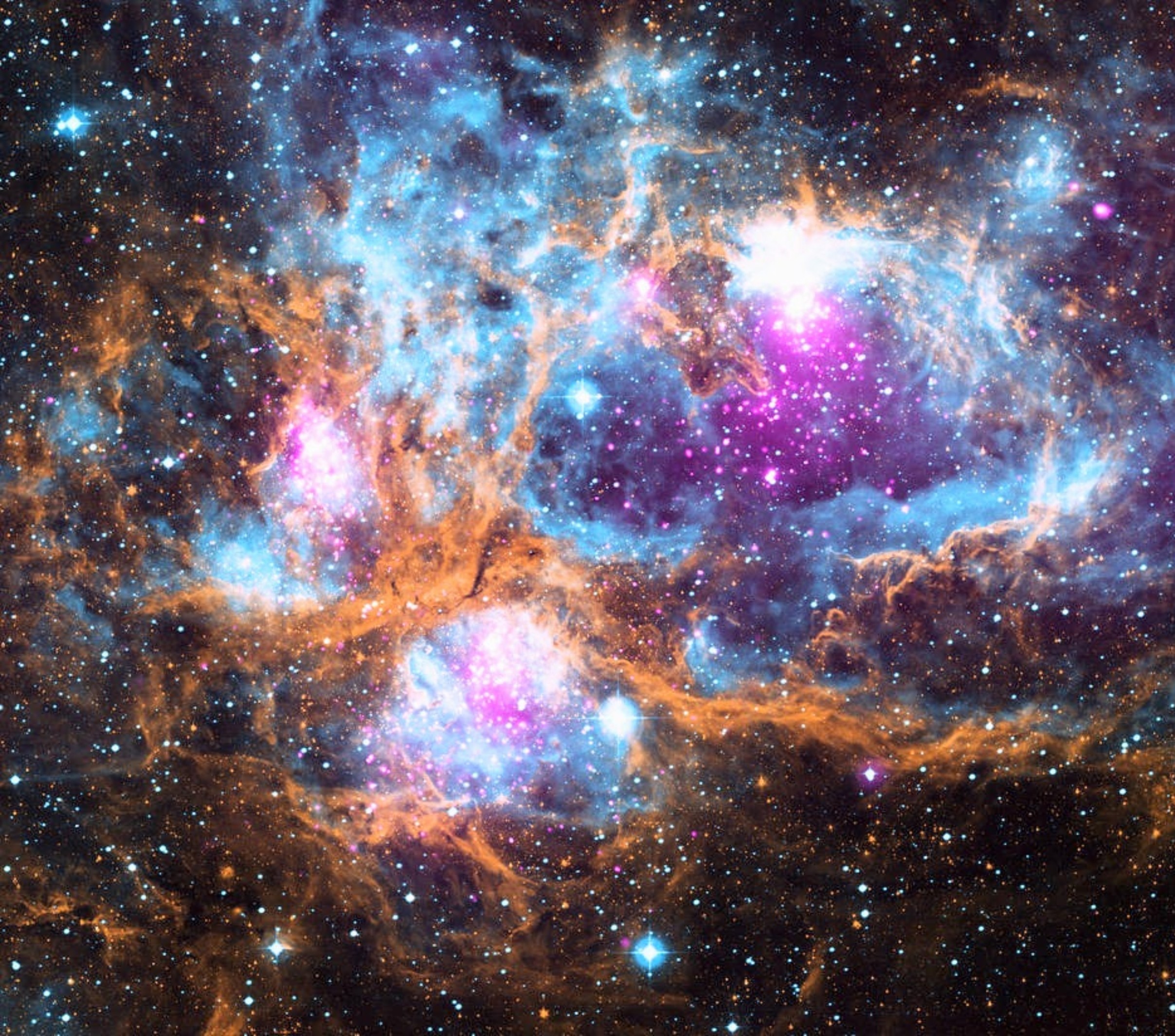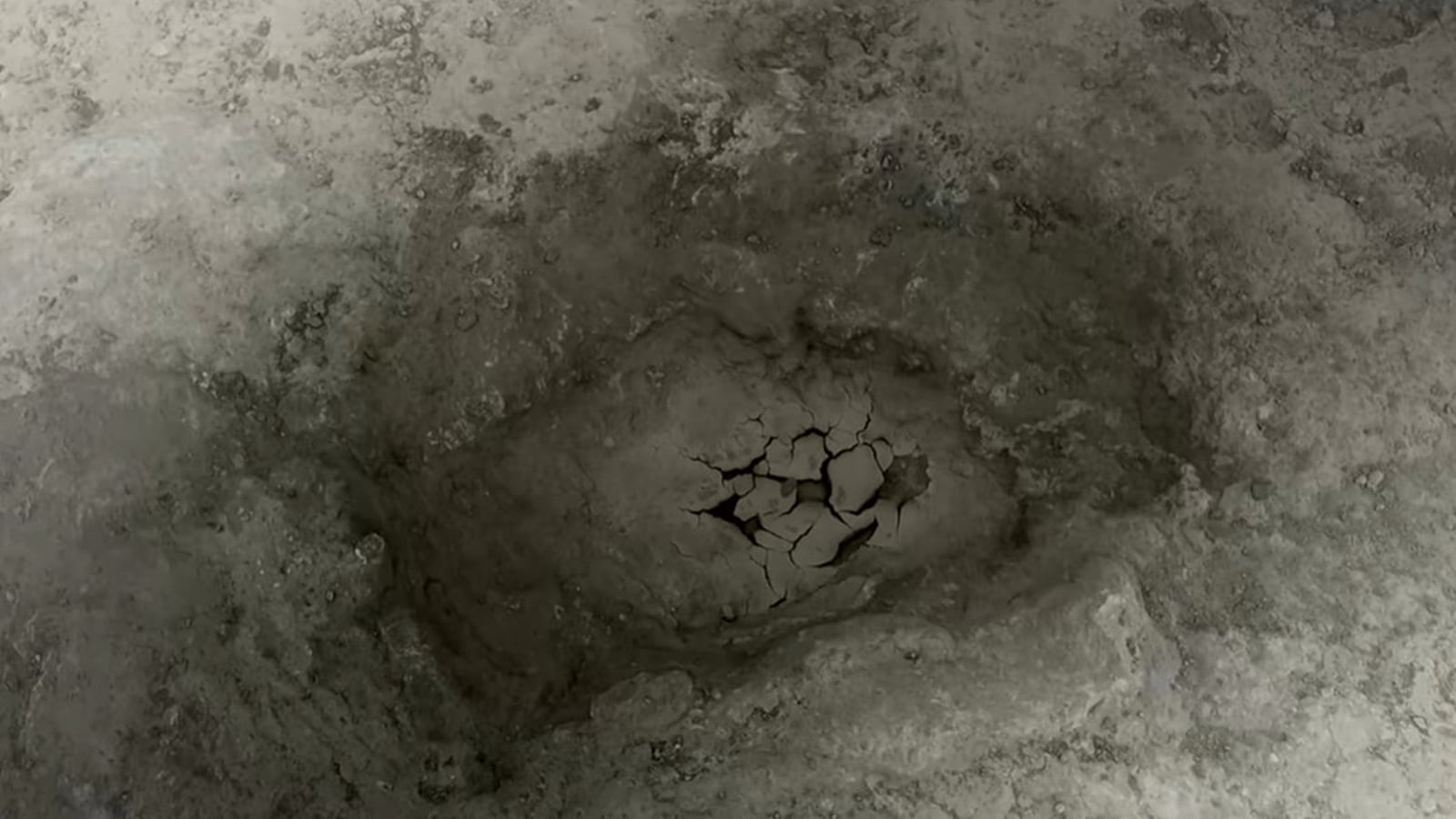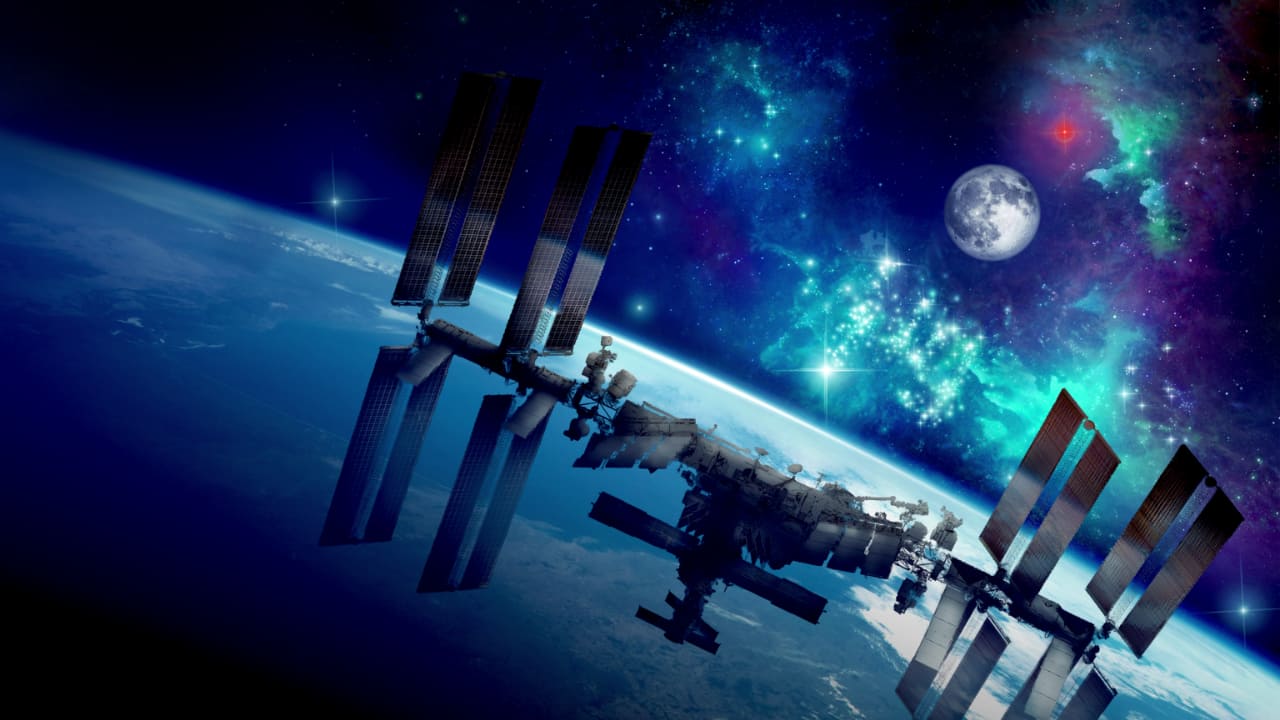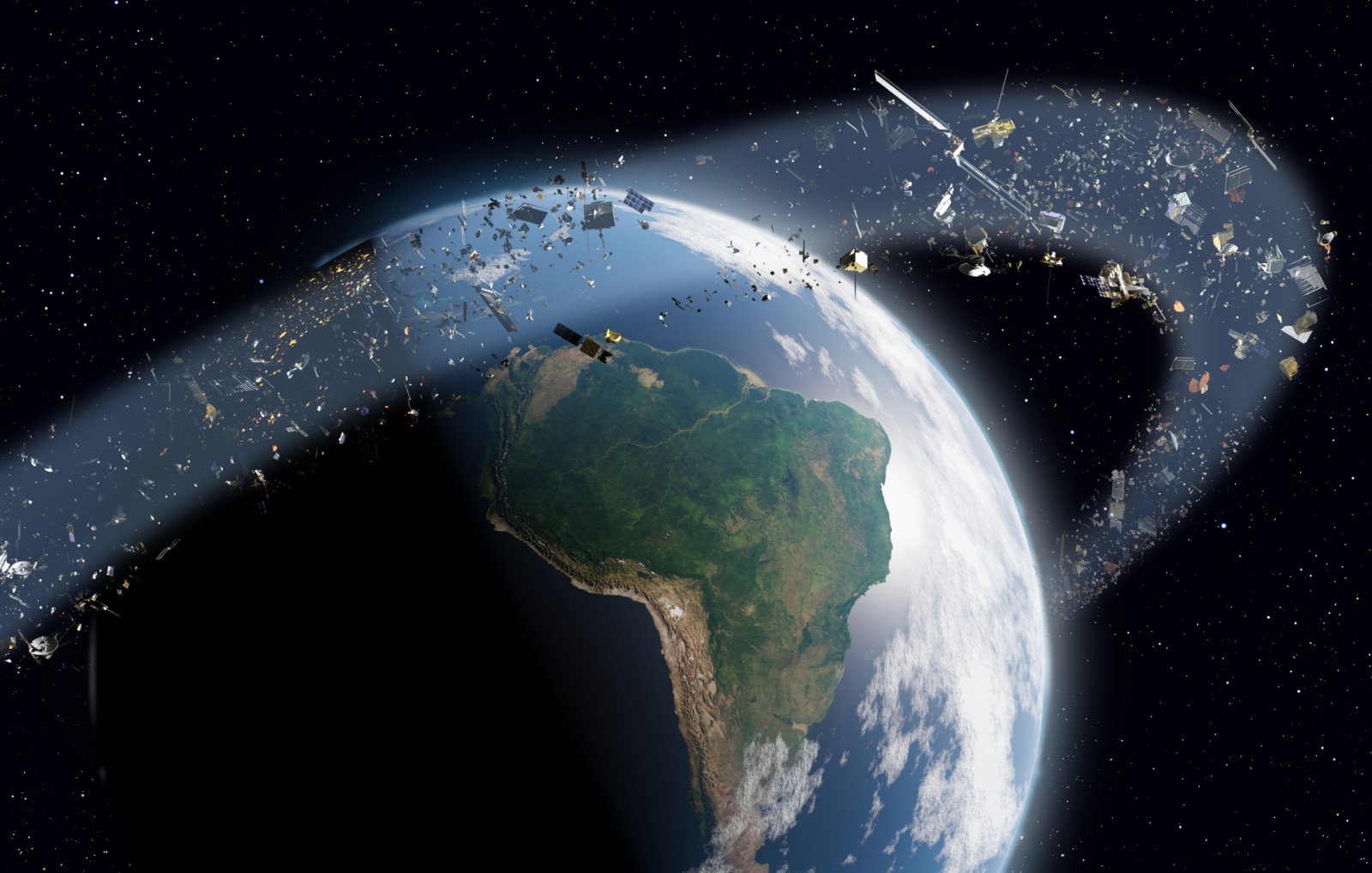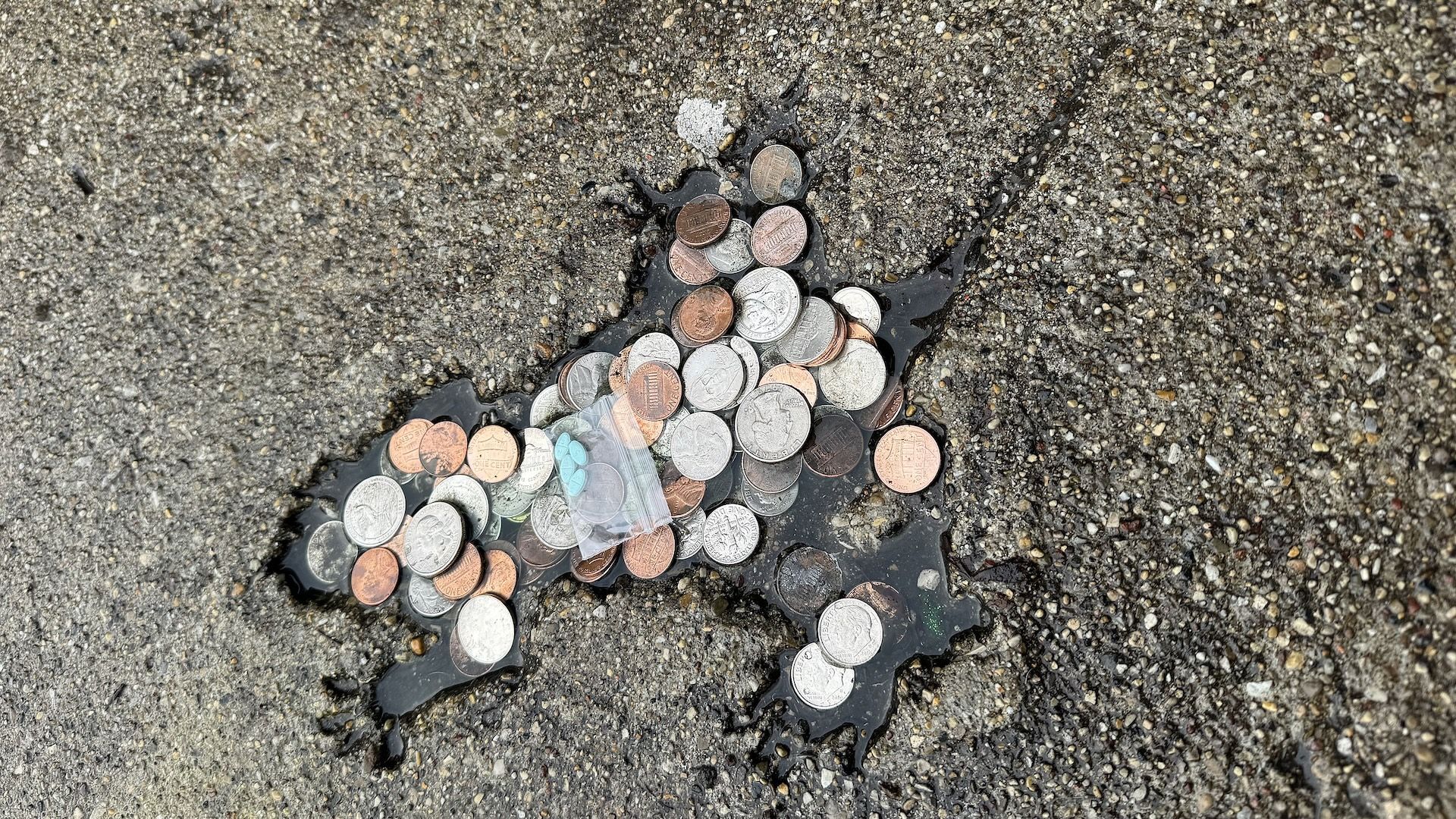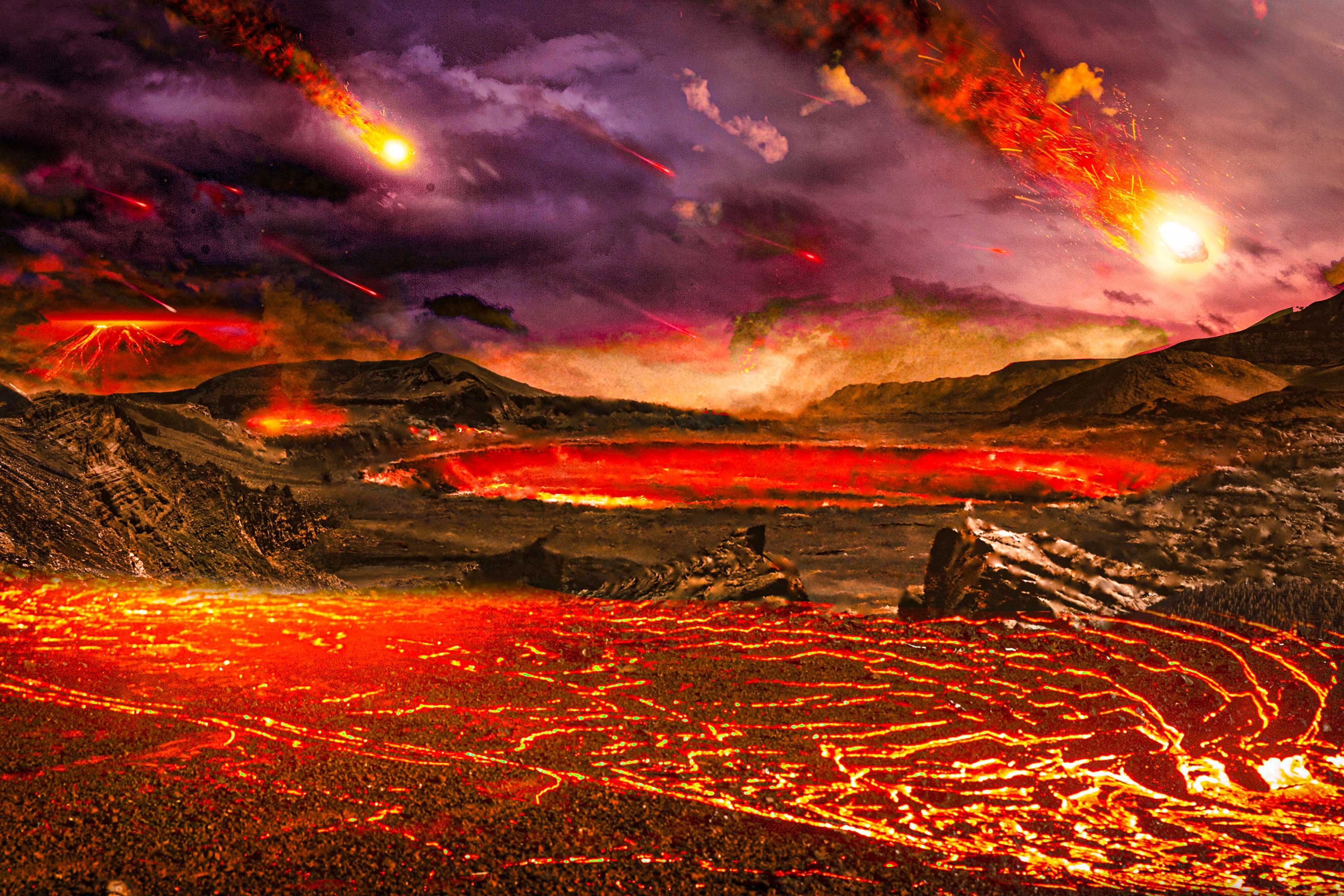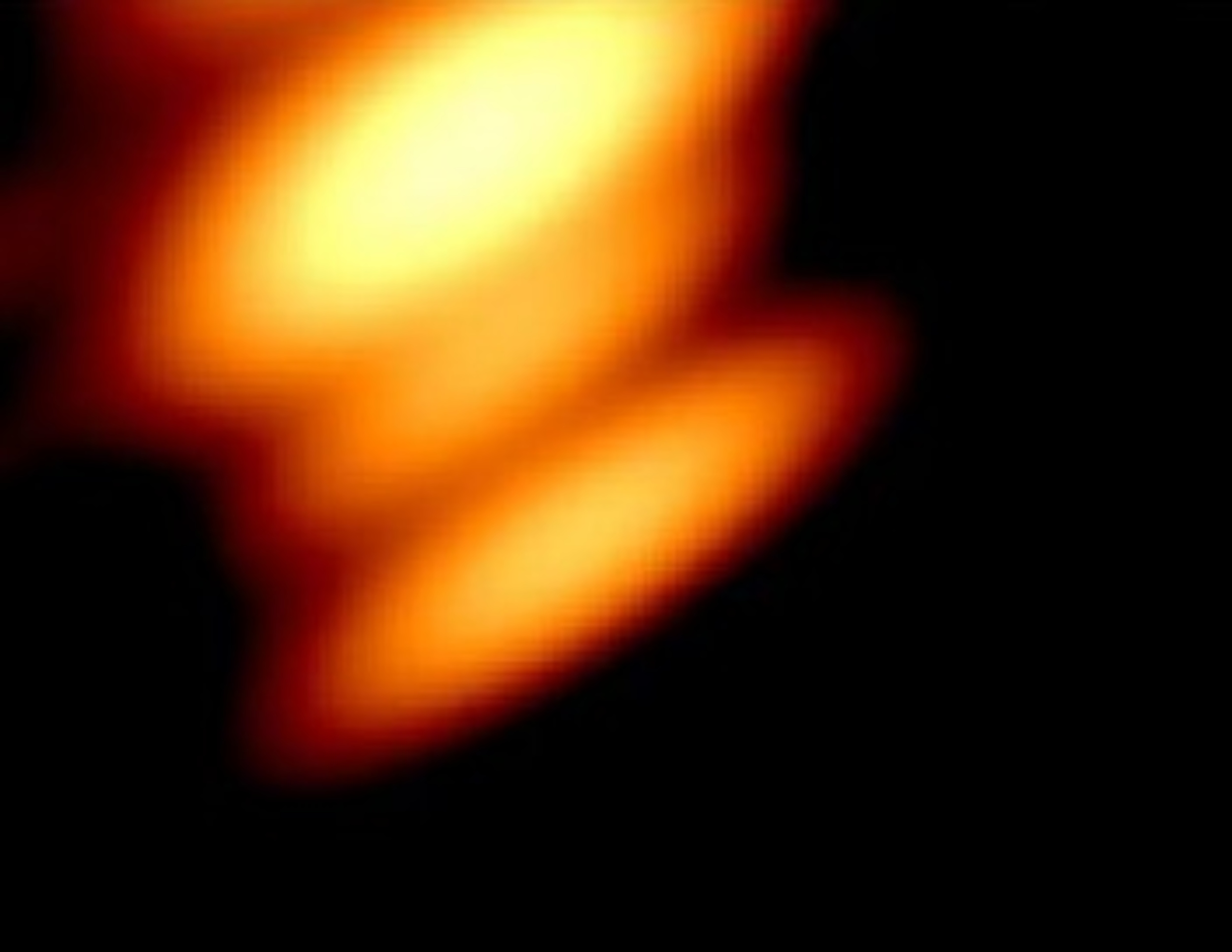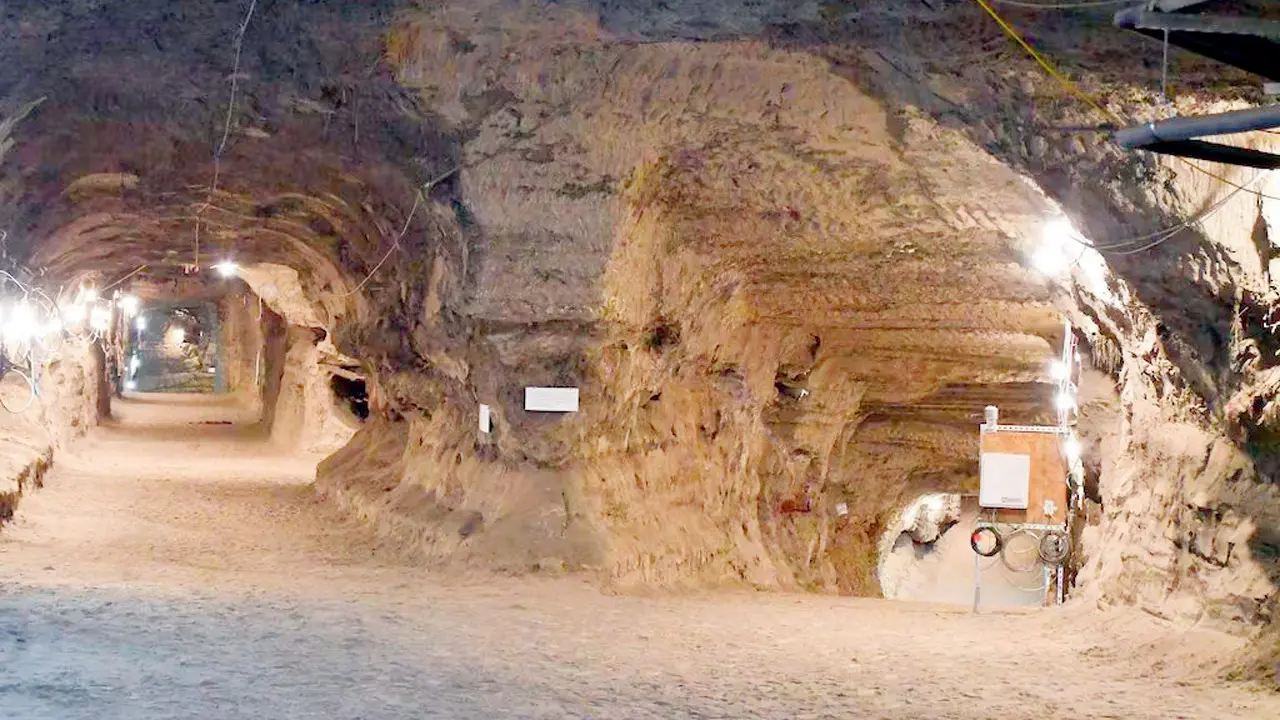NASA's GUARDIAN Could Give You Life-Saving Minutes Before a Tsunami Hits!

Imagine having just a few extra minutes to escape the wrath of a tsunami. It sounds like science fiction, but NASA's groundbreaking technology called GUARDIAN is making this a reality. This innovative system recently demonstrated its ability to detect tsunami threats up to 40 minutes before waves crash into land, giving vulnerable coastal communities a fighting chance against one of nature's most dangerous phenomena.
GUARDIAN, which stands for GNSS Upper Atmospheric Real-time Disaster Information and Alert Network, uses cutting-edge technology to monitor the atmosphere for pressure distortions created by seismic activity. In a remarkable test during a powerful 8.8 magnitude earthquake near Russia's Kamchatka Peninsula, GUARDIAN was alerted to the impending tsunami just 20 minutes after the quake began, allowing for precious time to prepare.
While the tsunami caused minimal damage in Hawai'i, it served as a real-world test of GUARDIAN's capabilities. Siddharth Krishnamoorthy, a scientist at NASA's Jet Propulsion Laboratory, stated, "Those extra minutes of knowing something is coming could make a real difference when it comes to warning communities in the path." This is not just a technological marvel; it represents a transformative approach to tsunami warning systems.
When a tsunami is generated, the ocean surface undergoes dramatic shifts, propelling air upwards into the atmosphere. This disturbance triggers ripples in the ionosphere—where GUARDIAN is designed to detect minute changes in satellite signals. Unlike traditional tsunami warnings, which rely on ocean-based sensors and seismic data, GUARDIAN’s real-time atmospheric monitoring fills critical gaps in our early warning systems. Christopher Moore from NOAA emphasized, "NASA's GUARDIAN can help fill the gaps."\
Experts are heralding GUARDIAN as a revolutionary advancement in tsunami detection. Bill Fry, chair of the UN's tsunami early warning group for the Pacific, described it as part of a "paradigm shift" in how we protect coastal communities. The potential impact is staggering: in critical scenarios, GUARDIAN could allow for an hour or more for evacuations, an interval that could save thousands of lives.
Though GUARDIAN is still in its experimental stages, its performance during the Kamchatka earthquake proves its readiness to operate under pressure. Enhanced by a newly added AI system, GUARDIAN can analyze satellite data and flag warnings even faster. Moreover, an innovative messaging service is capable of pushing alerts to tsunami experts across the globe in real time.
While GUARDIAN won’t be able to stop tsunamis from forming, it offers a robust new layer of safety for coastal populations. Officials are eager to integrate this system into existing global warning networks in the coming years. Beyond mere safety, GUARDIAN embodies the hope of increased international collaboration, giving communities worldwide a fighting chance against the growing threat of natural disasters.




